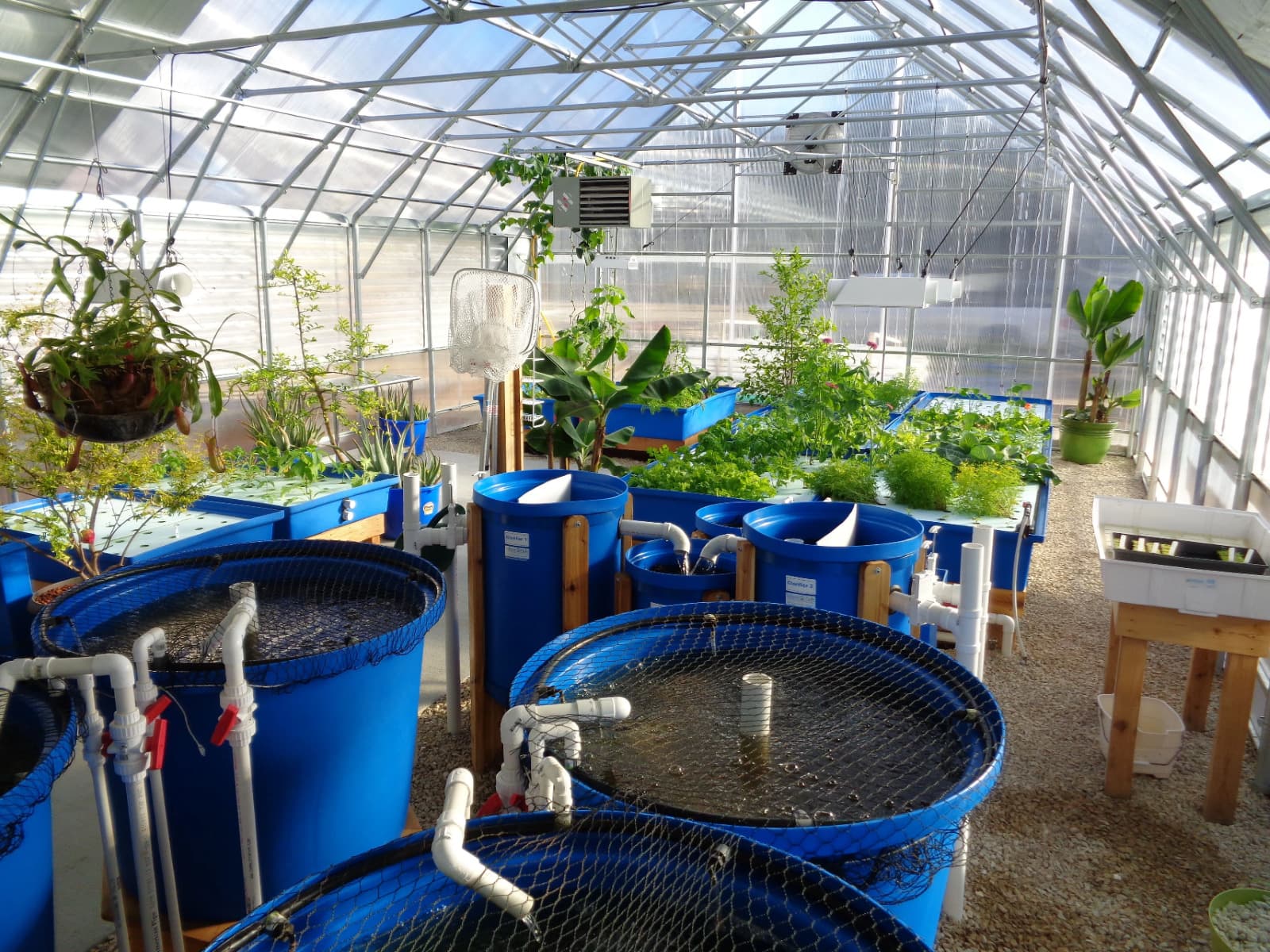
GLOBAL AGROVET
RESEARCH CONFERENCE - 2K26
POWERED BY ARCC JOURNALS

POWERED BY ARCC JOURNALS



25 June 2025
Integrating Aquaponics Into Urban Farming For Sustainable Food Production

25 June 2025
As urban populations continue to rise and climate change disrupts traditional agriculture, cities are turning to innovative farming systems to boost food security and resilience. One such solution gaining momentum is aquaponics, a closed-loop, symbiotic system that combines aquaculture (raising fish) with hydroponics (soilless plant cultivation).
By recirculating water and nutrients between fish and plants, aquaponic farming drastically reduces water usage, eliminates synthetic fertilizers, and enables local food production in compact spaces like rooftops, greenhouses, and indoor vertical farms. This makes it a powerful model for sustainable urban agriculture, offering both environmental and economic advantages in today’s resource-constrained world.
How Aquaponics Creates a Symbiotic Growing Environment

Aquaponics creates a functional ecosystem that mimics natural cycles to produce food with minimal waste. Here’s how it works and why it matters in agricultural settings.
Fish as nutrient generators: Aquaponic systems start with fish, which produce ammonia-rich waste. In a balanced system, beneficial bacteria convert this waste into nitrates, a vital nutrient for plants.
Plants as water purifiers: Plants absorb nitrates and clean the water. The filtered water then cycles back to the fish tanks, completing the loop.
Integrated ecosystem: Aquaponics creates a natural synergy, unlike conventional systems requiring chemical fertilizers or heavy irrigation. The result is a nearly self-sustaining ecosystem that can operate in greenhouses, rooftops or converted warehouses.
Benefits of Aquaponics in Urban Farming
Water Efficiency
Aquaponics consumes up to 90% less water than conventional soil-based farming, making it one of the most water-efficient agricultural systems available. Since water is continuously recirculated between the fish tanks and plant beds, there's minimal loss through evaporation, runoff, or drainage. This makes aquaponics ideal for water-scarce cities or drought-prone regions looking to adopt sustainable farming practices.
Land Optimization
Urban farming often contends with limited or unconventional spaces. Aquaponic systems can be installed vertically or horizontally in warehouses, rooftops, basements, and even shipping containers, maximizing food output per square foot. By repurposing underutilized infrastructure, urban growers can build productive farms without needing expansive land or soil access.
Chemical-Free Production
Because fish are sensitive to toxins, aquaponic farms avoid synthetic fertilizers and harsh pesticides, resulting in naturally clean and chemical-free crops. Instead, growers rely on integrated pest management (IPM), beneficial insects, and organic treatments. This not only supports environmental health but also meets the increasing consumer demand for organic and sustainable food.
Year-Round Growing
By operating in controlled environment agriculture (CEA) setups like greenhouses or climate-controlled indoor farms, aquaponic systems support continuous, year-round production. This consistency helps mitigate the effects of extreme weather and seasonal fluctuations, ensuring a steady supply of fresh produce, a key factor for urban food resilience.
Minimal Waste Output
Aquaponics turns waste into value. Fish excretions are broken down by beneficial bacteria into nutrients that feed the plants, while the plants filter and purify the water for the fish. This closed-loop nutrient cycle creates virtually no discharge into the environment, supporting zero-waste goals in urban agriculture and reducing the burden on municipal waste systems.
Smaller Carbon Footprint
By producing food closer to where it’s consumed, aquaponics significantly reduces “food miles” the distance food travels from farm to table. This leads to lower transportation emissions and fresher produce for local communities. When powered by renewable energy or paired with green building strategies, urban aquaponic farms can become a model of low-emission, high-efficiency food production.

Become a Delegate
Attend GARCX 2026 as a delegate to gain expert insights, connect with global professionals, and explore cutting-edge solutions in agriculture and animal health.

Become a Speaker
Join global thought leaders at GARCX 2026 to share your research and insights. Present your work on integrated agriculture and animal health before an international audience.

Become a Sponsor
Showcase your brand as a pioneer in One Health innovation. Sponsoring GARCX offers high-visibility branding and strategic exposure to industry leaders and researchers.

Publish with Us
Submit your scientific work to be featured in esteemed ARCC Journals. Gain credibility and reach in the global agricultural and veterinary research community.

Become an Exhibitor
Display your solutions, products, or innovations in agriculture and animal health at the GARCX Expo. Network with stakeholders and boost your industry presence.

